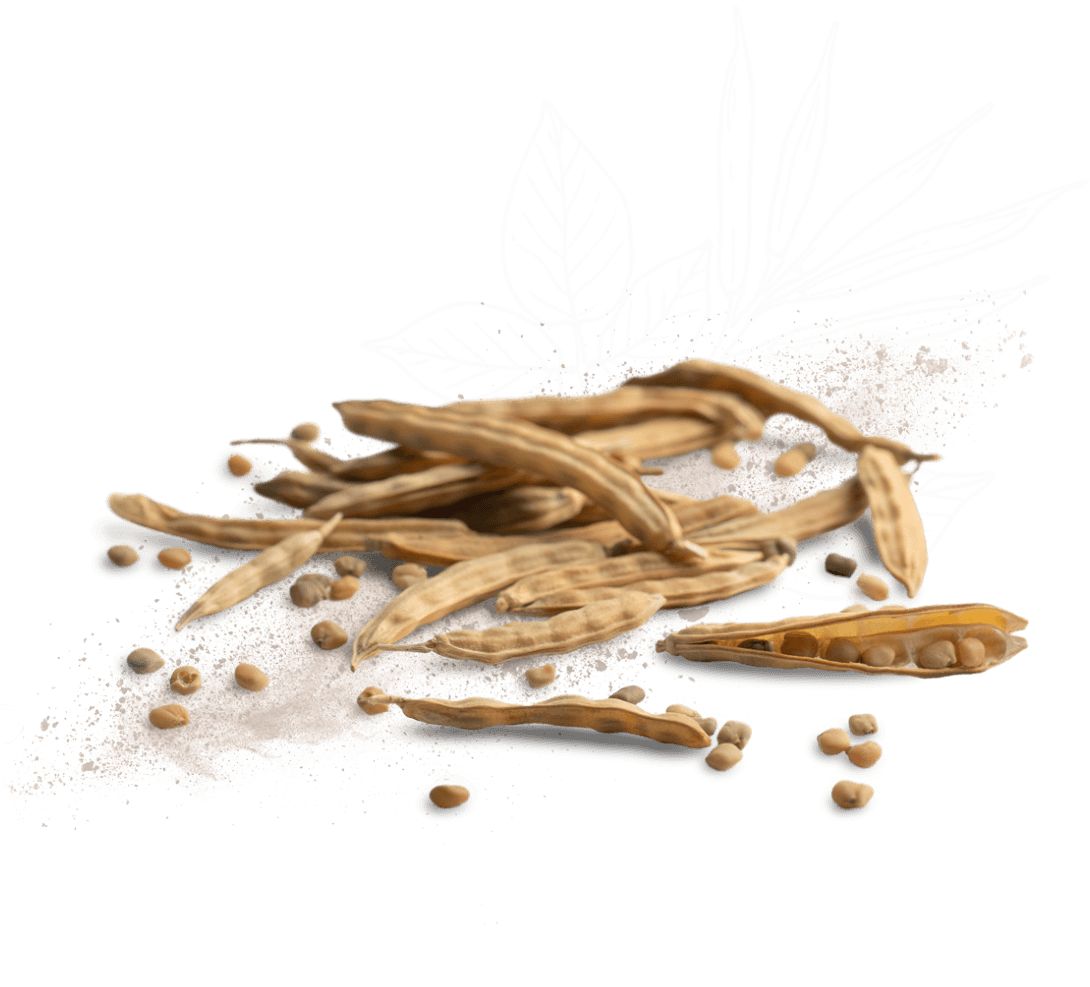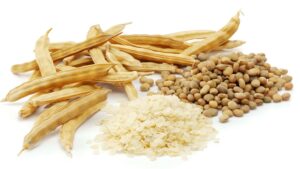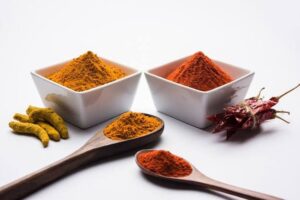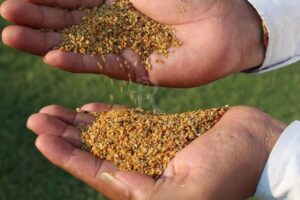
Xanthan Gum
Xanthan Gum - Source & Processing Properties
Xanthan Gum is produced by fermentation, using a pure culture strain
of Xanthomonas Campestris with glucose and related chemicals as
substrates, followed by purification and recovery with an alcohol solvent. Xanthan Gum consists of repeated pentassaccharide units to form cellulosic backbone through the 1, 4B–D glucosidic linkage and a side chain.
The strain of Xanthomonas Campestris is normally stored as freezedried ampoules. To activite a biological effect it is inoculated with a nutrient source under essential conditions; prepared inoculums are ready for large-scale fermentation.
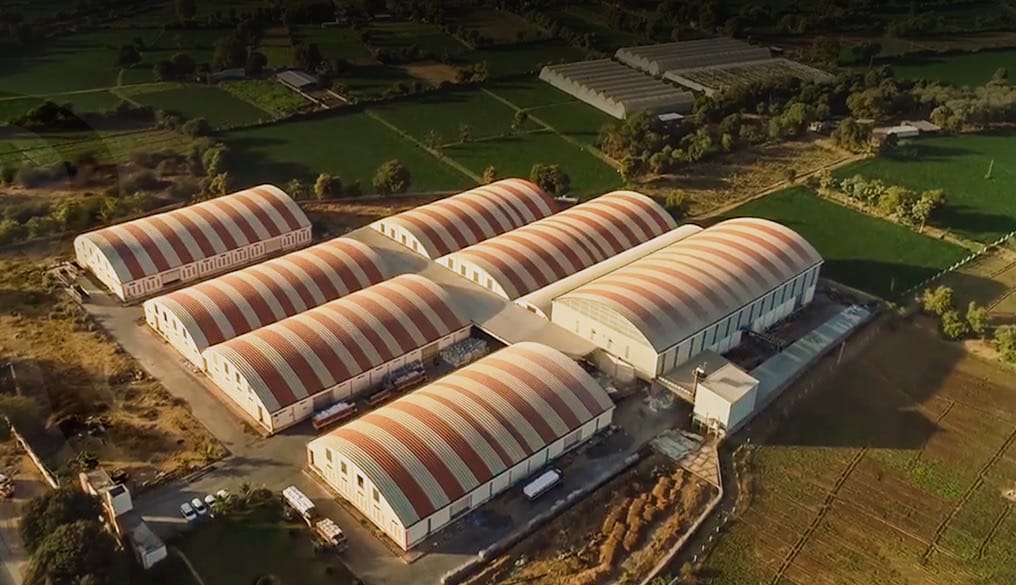
Key Features:
- Physical Xantham Gum is a white to pale white powder and mainly is an 80–100 mesh. Particle size can vary depending on the customer specifications and can consist of an agglomerated product to fine 200 mesh powder.
- Solubility Xantham Gum is both hot and cold soluble and dissolves readily in water. Solubility is achieved in wide range of pH values and salt concentrations. Care is needed in dispersing Xanthan Gum and it is recommended that all dry ingredients be blended together and added to the liquid using high-speed agitation. The powdered mixture should be added to the vortex without entrapping air bubbles. Dispersibility can be improved by wetting the gum with a non-solvent such as alcohols or some oils. Hydration will also be slowed when introduced to a brine solution.
- Stability Xanthan Gum is stable in applications with a wide range of pH values (2–12). It has a tolerance to enzymes, salt, and heat. For instance, Xanthan Gum in a 1.1% citric acid/citrate solution at a pH of 3.4 at 90C for 24 hours showed excellent thermal stability. Xanthan Gum also exhibits excellent freeze-thaw stability
- Viscosity Viscosity values are generally not affected by changes in pH, addition of salt and thermal changes for extended periods of time, whereas other hydrocolloids break down under the same conditions. Xanthan Gum also exhibits excellent synergy with galactomannans such as Guar Gum and Locust Bean Gum.
Additional Benefits of Xanthan Gum :
Hot & Cold Soluble
Dissolves Readily in Water
Enzyme, Salt & Heat Tolerance
Synergy with Galactomannans
Applications
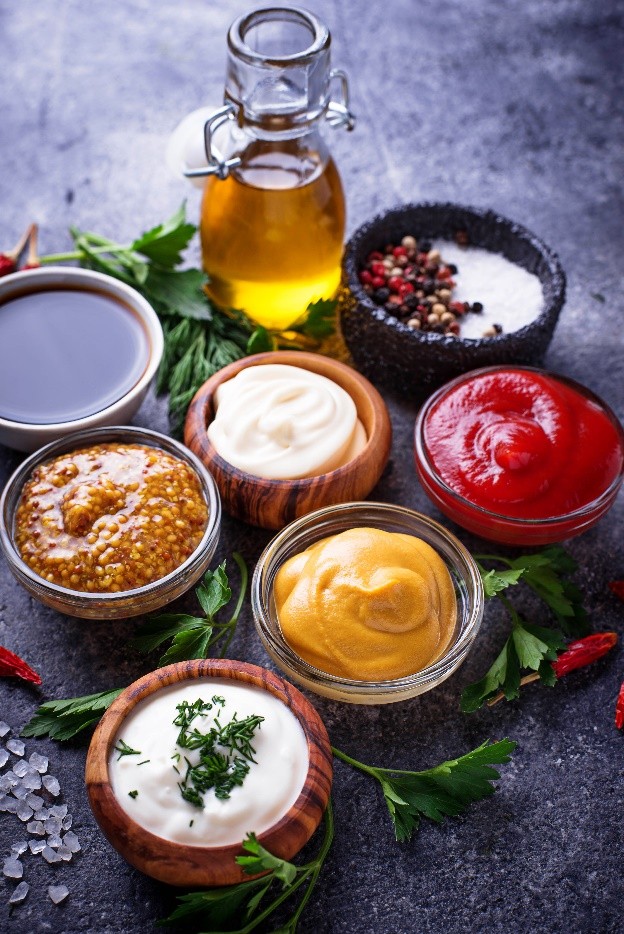
Sauces and Dressings
Resistant to enzymatic degradation

Dairy
Tolerance to electrolytes

Bakery
Controls water migration

Beverages
Shear resistance
What Is Guar Korma?
Ramagum
/ February 21, 2025
Guar korma is a byproduct obtained from guar seeds after the extraction of guar splitsProcess of roasting enhances its nutritional…
Read More
Why Roasted Guar Korma is preferred as Fish Meal Replacer?
Ramagum
/ February 19, 2025
Why Roasted Guar Korma is preferred as Fish Meal Replacer? Roasted guar korma is increasingly being recognized as a viable…
Read More
Fenugreek Gum – Natural Feed Additive for Stronger, Healthier Animals
Fenugreek Gum – Natural Feed Additive for Stronger, Healthier Animals by Rama Gum Industries India Ltd. Why Animals Need Special…
Read More
Organic Guar Gum Powder: A Sustainable Guar Drive by Rama Gum Industries India Ltd.
Organic Guar Gum Powder: A Sustainable Solution by Rama Gum Industries India Ltd. In today’s world, consumers and industries alike…
Read More
Applications of Guar Gum in the Oil & Gas Industry and How it is used ?
Applications of Ricol® Guar Gum in the Oil & Gas Industry and How to Use ItGuar gum, derived from the seeds…
Read More
How Antibiotics In Animal Feed Can harm the Children, Why to choose Organic ?
How Antibiotics In Animal Feed Can harm the Children, Why to choose Organic Guar Korma? What Are Antibiotics? Antibiotics are…
Read More
Cassia Gum for Food, Pet food – Low anthraquinone content
Cassia Gum in Food, Pet Food & Technical Industry Cassia gum, a natural gum derived from the seeds of the…
Read More
Free of ethylene-oxide – ETO Free Guar Gum Statement
What is Ethylene oxide (EtO) and Why to use EtO Free Guar gum powder ? Guar gum powder is a…
Read More
Psyllium husk as fiber-rich nutrition booster
What Is Psyllium Husk? Psyllium husk also known as Isabgol, is a soluble fibre obtained from the seeds of the…
Read More
Guar Gum for bakery application
Why use Guar Gum in Bakery Industry? Guar gum is used in the bakery industry to enhance the texture, stability, and…
Read More




